
Vertigo creates the illusion of motion in those who suffer from the condition. The most common form of the condition is benign positional vertigo. This condition is a disorder of the vestibular proprioceptive system. Women suffer from this condition almost twice as much as men, and, in general, the disease tends to be more common in elderly people. However, it is not exclusive to this age group.
Causes
BPV occurs as a result of the inappropriate displacement of calcium carbonate particles. Known as otoliths, these particles are normally attached to a membrane within our hair cells. Vertical movement can cause a tilting of the hair cells, thus triggering a signal that is sent to the brain. This signal informs the brain that the head is tilting up or down. Otoliths can become displaced as a result of aging, trauma or labyrinthine disease.
As the otoliths enter canals within the inner ear due to head movement, this is when problems occur. The otoliths bring with them endolymph, which stimulates the hair cells of the cupula of the affected ear canal. This is what causes vertigo. Vertigo ceases when the otoliths cease movement.
In rare cases, vertigo might be onset as a result of complications related to heart disease, rheumatoid arthritis or a history of cervical spine fracture.Treatment
Treatment for the condition will take the form of the application of a maneuver known as the “Epley maneuver”. This maneuver should only be performed in the case of non-complicated, typical BPV patients. The aim of the maneuver is to return the offending otoliths to their rightful position. The maneuver is used mainly in Europe, and has a success rate somewhere between 85 and 90%.
The maneuver proceeds as follows. First, ensure the patient is sitting upright, with the head turned 45% to the affected side. If the patient is sitting on a gurney, ensure that he or she is appropriately positioned to ensure that the head will hang over the edge of the gurney after being asked to lie back.
The head should then be rotated ninety degrees to the opposite side. The face should thus be tilted upward. Make sure the head remains hanging over the edge of the gurney. Then, the patient should roll onto their side. The head should remain in the same relative position before being turned to face the ground. Maintaining the head rotation, the patient should then sit up until the legs hand over the edge of the bed. As the patient sits up, rotate the head centrally, before moving it 45 degrees forward.





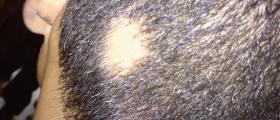


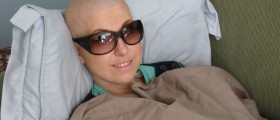

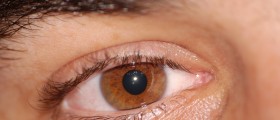




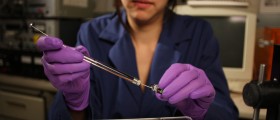
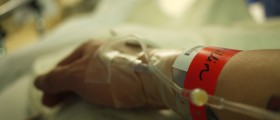
Your thoughts on this
Loading...